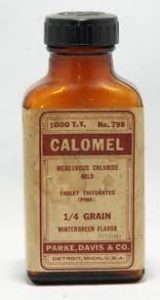Though the medical era they represented is usually dismissed as inferior nowadays, the actual physical structures where treatment for the insane took place retain respect. Many asylums from the 1800s still stand, and represent a type of architecture which is impressive, interesting, and, for the most part, unlikely to be duplicated. Anyone who has enjoyed the grandeur of older public buildings like banks, capitol buildings, libraries, and the like, know that modern architecture is all too often merely utilitarian rather than beautiful or majestic.
Efforts to keep old asylums intact, or to restore them, are constant. A nomination form to place Butler Hospital on the National Register of Historic Places discusses the institution’s buildings in detail. The hospital had been expensive to build because its supporters wanted spacious, uncrowded rooms with good ventilation and heating–unlike the prison atmosphere so prevalent in facilities for the insane up to that point. One of the structures on the premises was the Richard Brown house, built circa 1731, and one of the first brick homes in Providence, Rhode Island.
The hospital grew and added structures over the years, and some the architectural detail the writer discussed included: frontal gables with glazed carriage entrances, octagonal columns, and a “three-story crenelated stairtower.” Building styles included Tudor, Colonial Revival, and Gothic Revival, set within beautifully landscaped grounds.
Though few people would willingly go to an asylum, Butler Hospital’s original champions seemed to have made every effort to ensure the building was as beautiful and comfortable as its patient population would allow.





























